The Lightweight Anorak
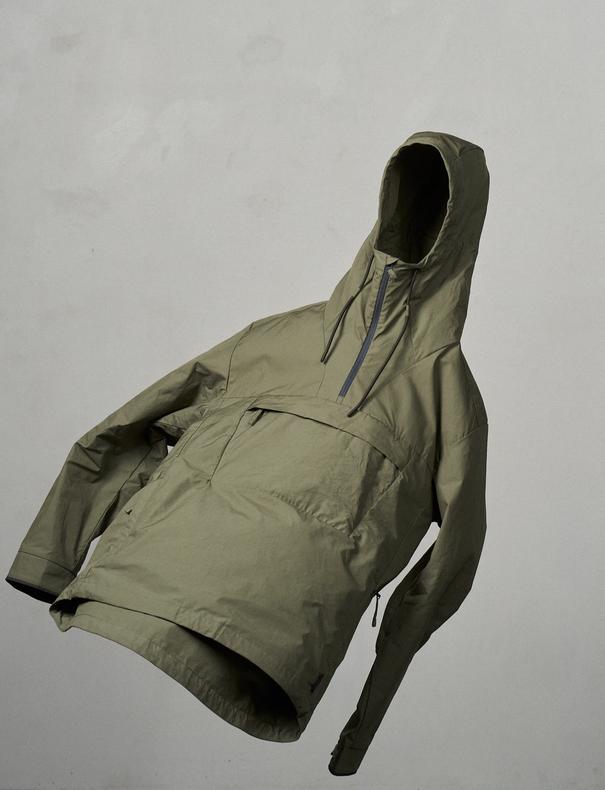


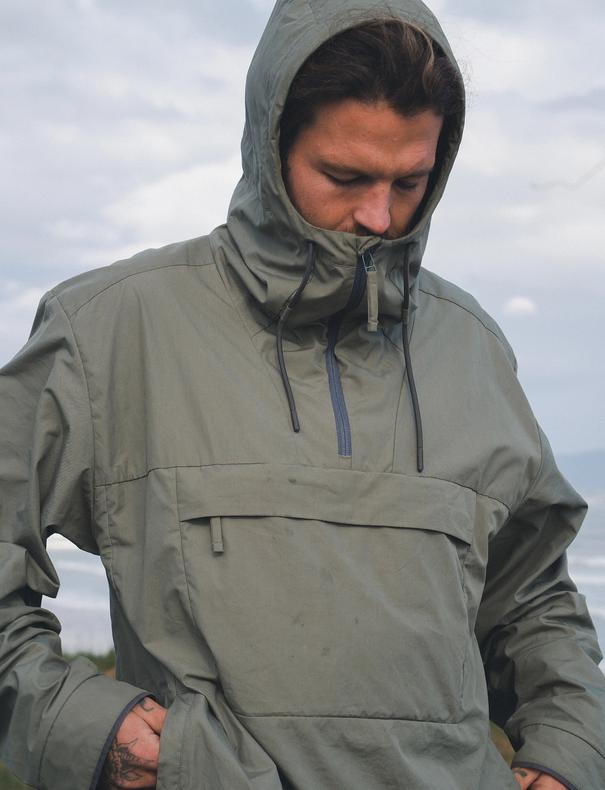
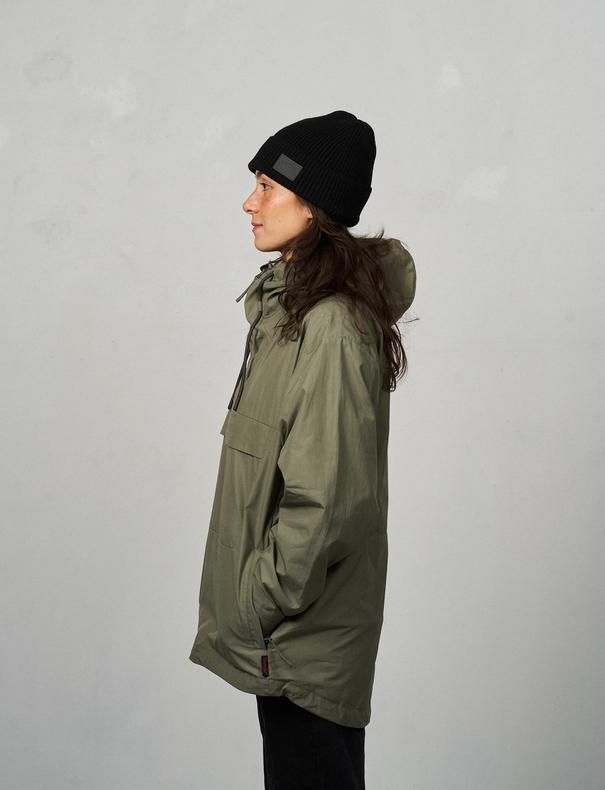
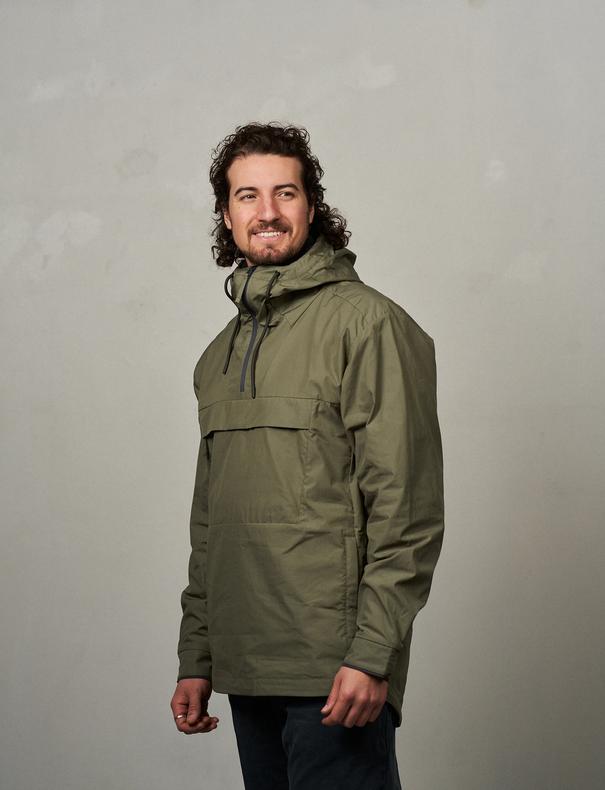
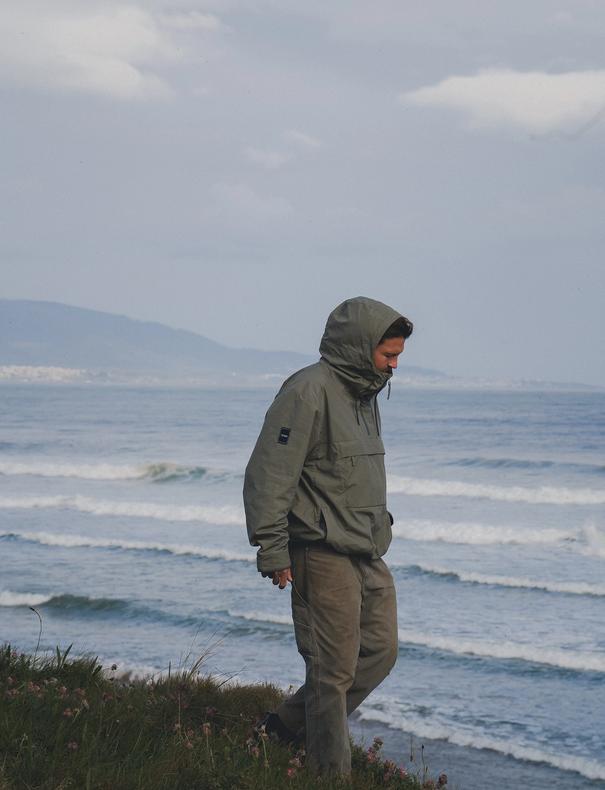
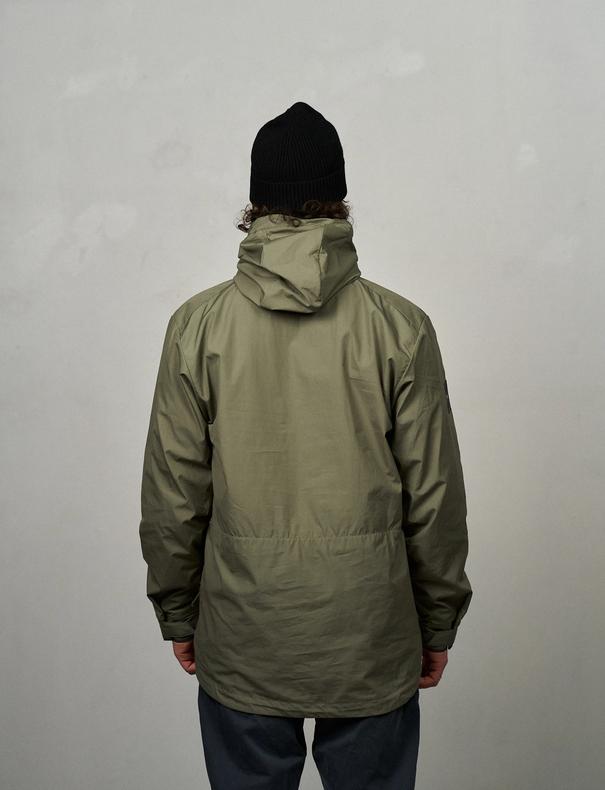
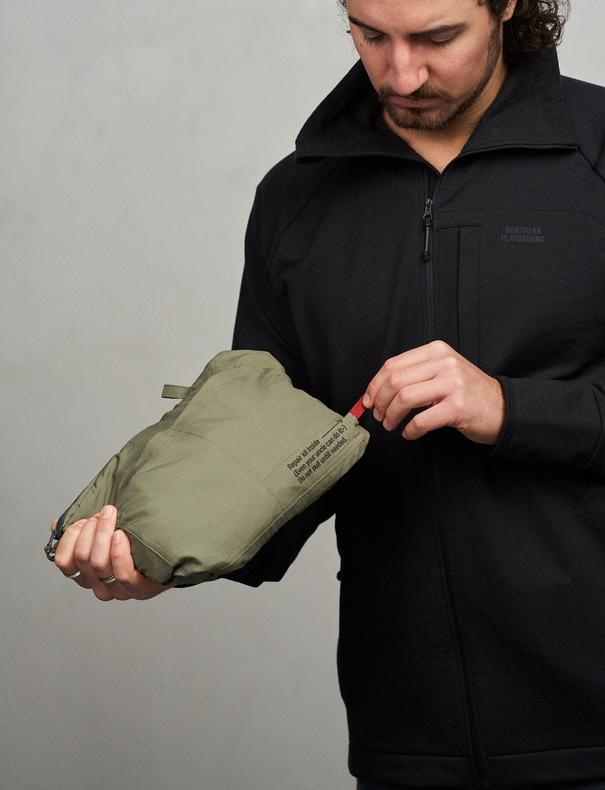
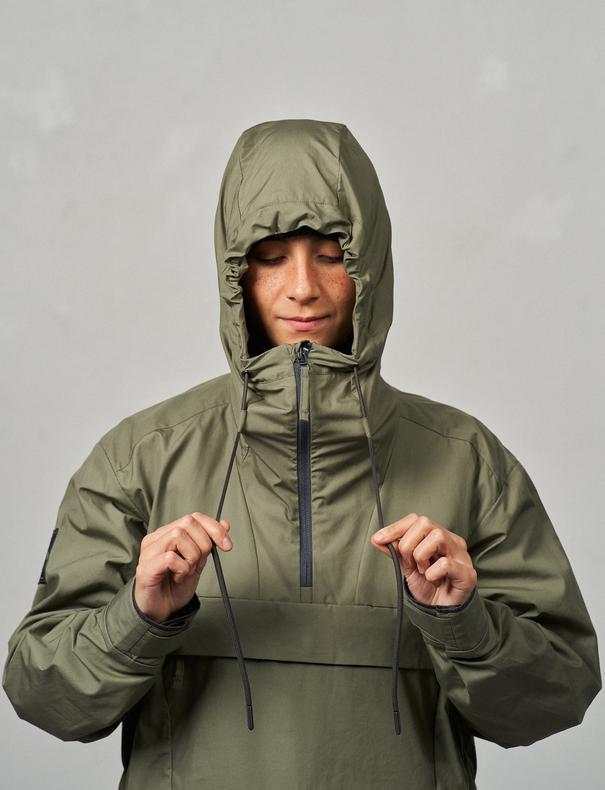
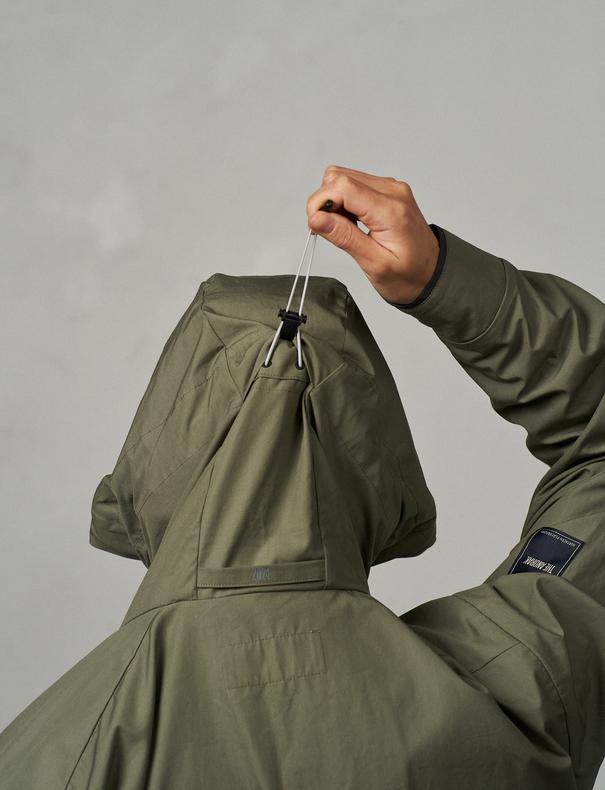

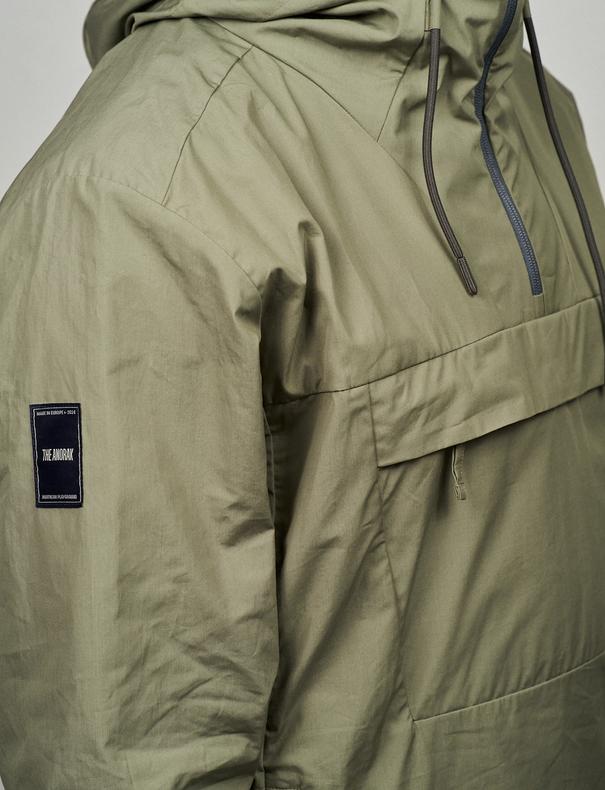
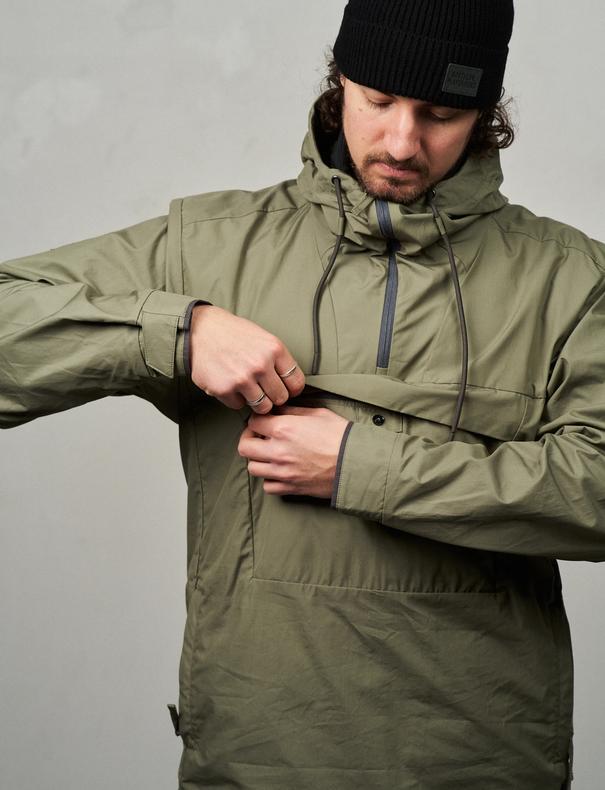
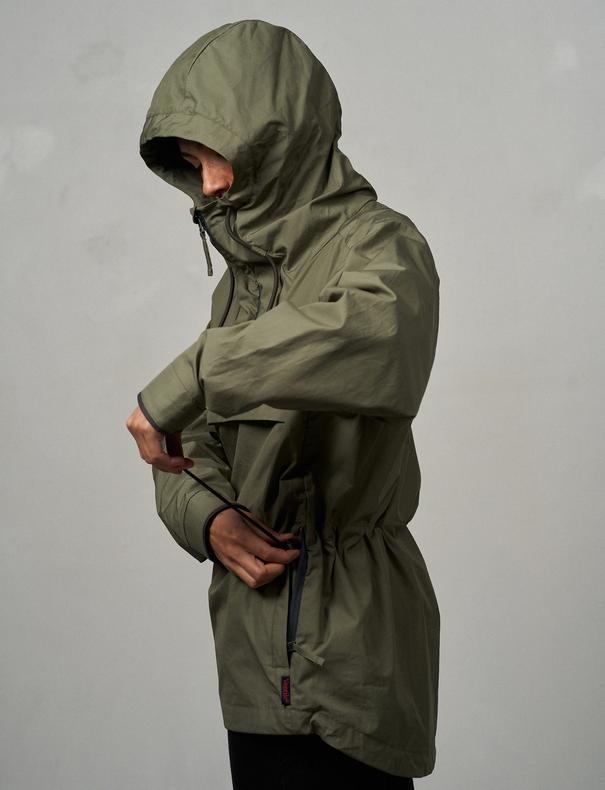
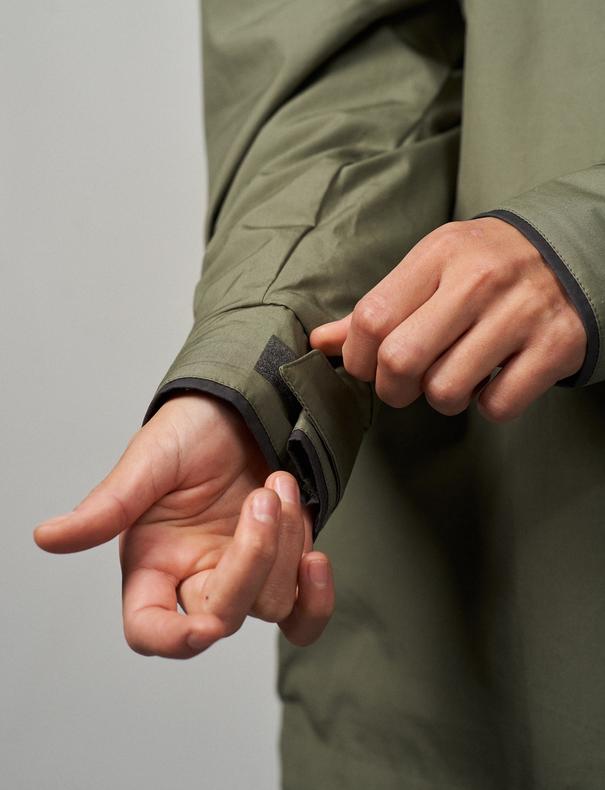
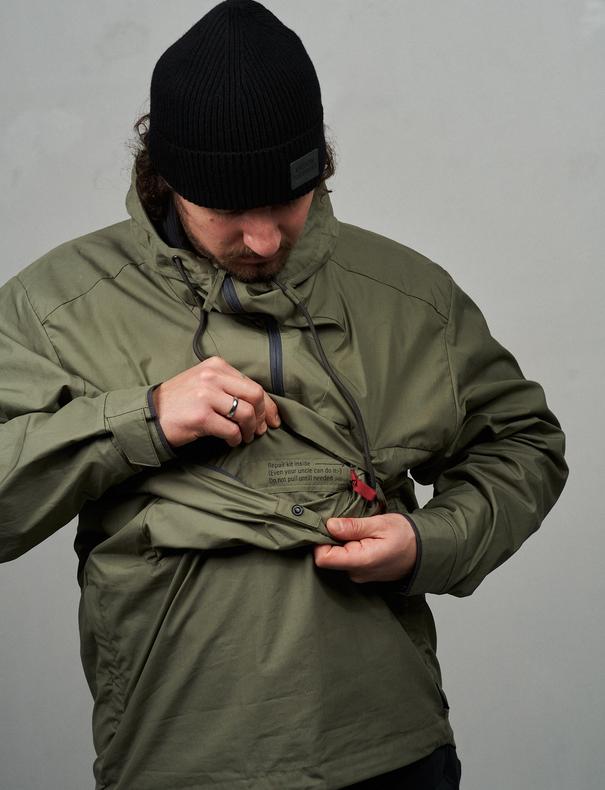


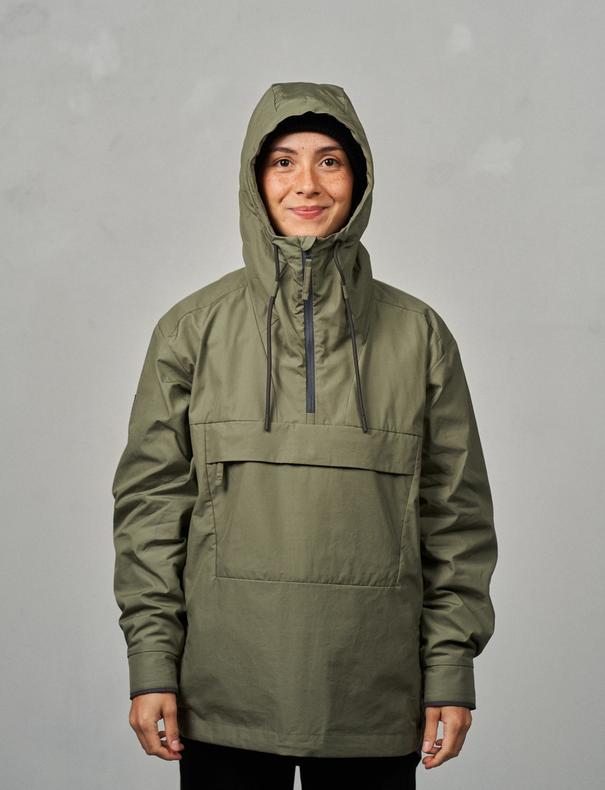
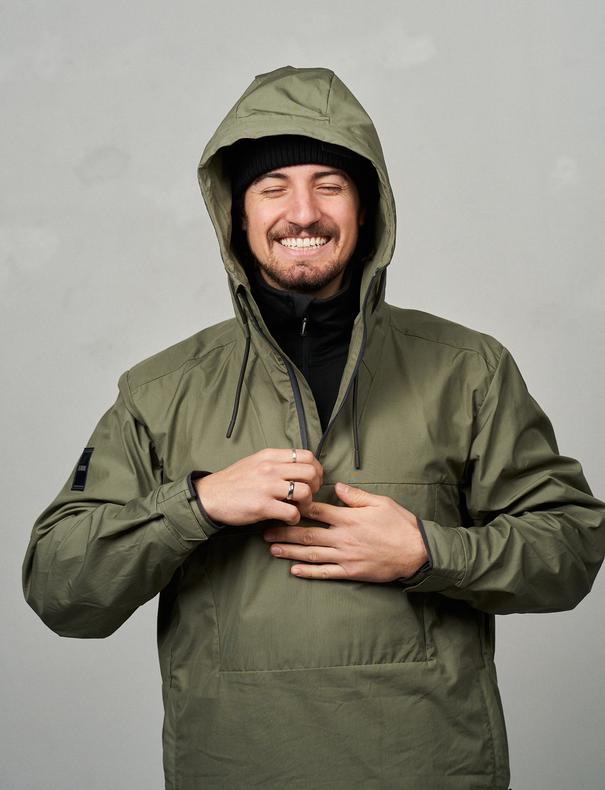
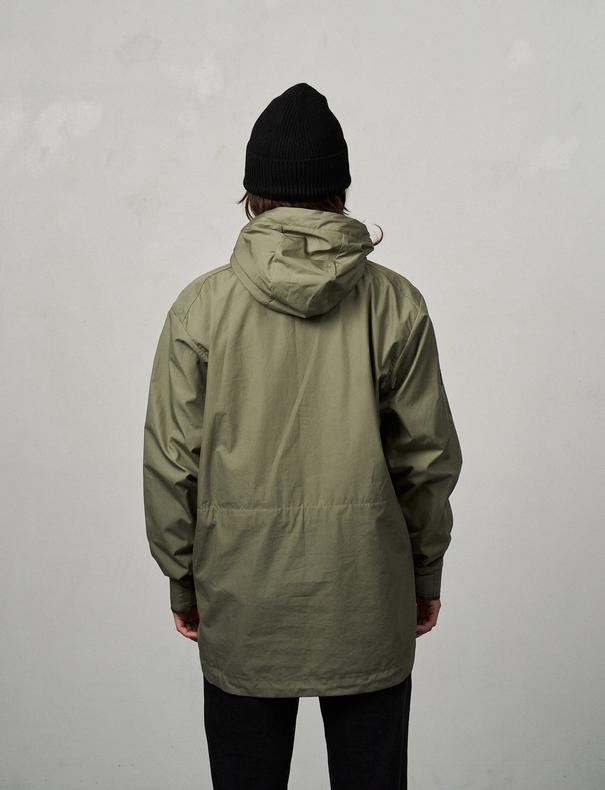
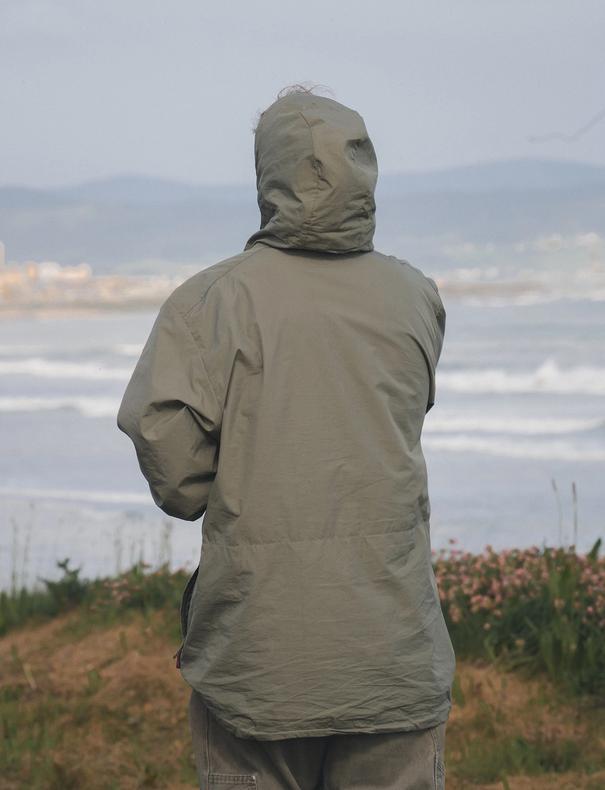
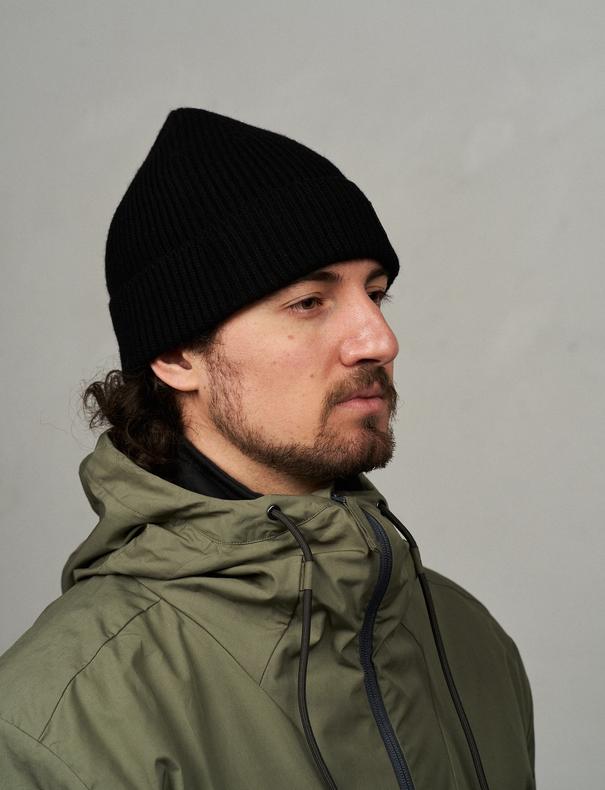
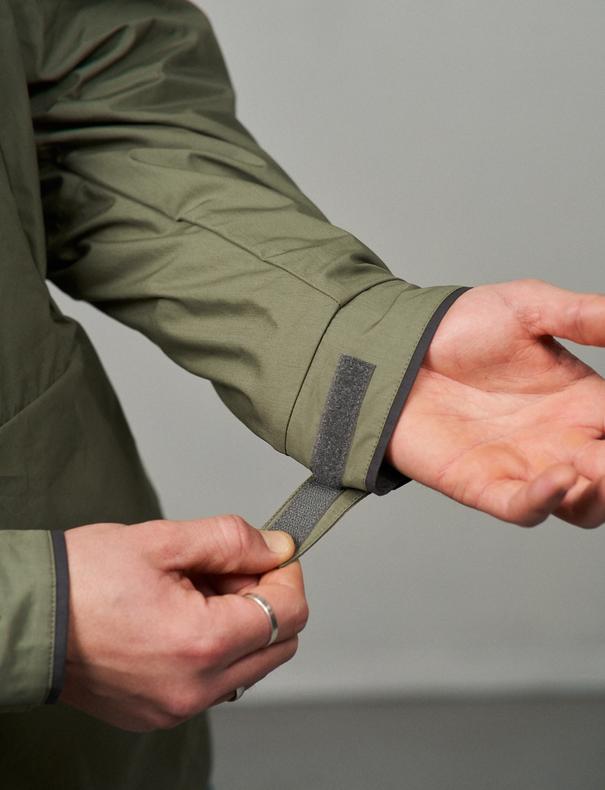
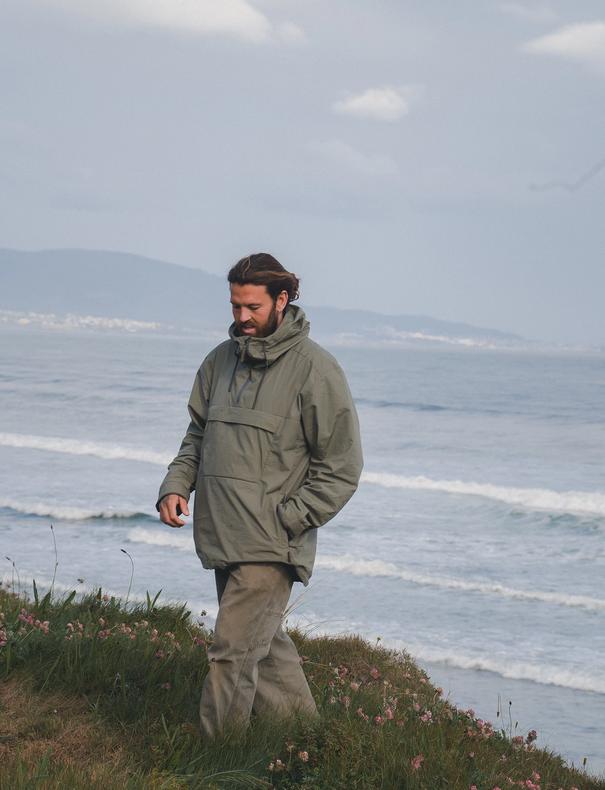
Simple, classic, and lightweight anorak. Suitable for cross-country skiing, as a windbreaker during hikes, or as a jacket in the city. Made of lightweight Ventile cotton that provides wind protection and is resistant to light rain. Ample space for extra layers underneath and a spacious hood to shield against the strongest gusts of wind.
A bit different sizing?
The anorak is unisex, making it easier to find something that fits you and your body perfectly. At the same time, the easiest way to find your size is as follows: "Normal" is for women, and "Long" is for men. So, if you're a typical women's size small, choose XS/S Normal. And if you're a typical men's size large, choose M/L Long, and so on. We're also great at exchanging for the right size. Read more detailed information in the size guide below where you select sizes.
Remember the postal deadlines leading up to Christmas: December 18 within Southern Norway, and December 16 when sending from Southern to Northern Norway.
Simple, classic, and lightweight anorak. Suitable for cross-country skiing, as a windbreaker during hikes, or as a jacket in the city. Made of lightweight Ventile cotton that provides wind protection and is resistant to light rain. Ample space for extra layers underneath and a spacious hood to shield against the strongest gusts of wind.
A bit different sizing?
The anorak is unisex, making it easier to find something that fits you and your body perfectly. At the same time, the easiest way to find your size is as follows: "Normal" is for women, and "Long" is for men. So, if you're a typical women's size small, choose XS/S Normal. And if you're a typical men's size large, choose M/L Long, and so on. We're also great at exchanging for the right size. Read more detailed information in the size guide below where you select sizes.
Remember the postal deadlines leading up to Christmas: December 18 within Southern Norway, and December 16 when sending from Southern to Northern Norway.
- Material+
- Use and care+
- Environment and footprint+
- Pricing and production+
- Functions+
AREAS OF USE
Like all our other products, we have the ambition that you should be able to use this anorak as much as possible, both in summer and winter, and for many, many years. Wear it for skiing, sailing, in the city with a coffee in hand, or when you feel like performing acrobatic tricks. It’s lightweight, packs minimally in your backpack, and takes up very little space. Please note that this is not the jacket for harsh weather trips above the treeline. The key focus during the design phase has been to make it simple, classic, and light – and made from 100% natural fibers. This makes it versatile for almost everything: Moisture is transported out faster, and it looks much better than its cousins in plastic material.

MATERIAL
Ventile cotton is legendary for good reason. Before plastic took over everything, Ventile was on top of Everest when it was first climbed in 1953 – just to name one example. The Ventile quality in this anorak is significantly thinner and lighter than the one we use in The Last, but the tightly woven technique provides the same effect: resistant to wind and rain. Since the fabric is so thin, it is naturally more prone to tears and wear, so take care of it. We have the right fabric available and, of course, will help you with repairs if anything happens. Fortunately, part of Ventile’s fame comes from its patina – it ages beautifully!

MAGICALLY EASY TO REPAIR
Light and tightly woven cotton feels fantastic on the body. And with Ventile quality, the anorak will age incredibly, incredibly well. But hoping to use it for 15 years without any damage is unrealistic. Natural materials have many advantages but are less durable than oil-based materials (to put it simply). To maximize its lifespan, you'll need to repair the anorak someday. Inside the chest pocket, you'll find everything you need: thread and fabric in the right color. It doesn't get any easier than that. The second option is that we repair it for you—free of charge, once. Read more under Use More +.

DETAILS AND FUNCTION
Okay, a small warning. This is an anorak, a jacket without a full-length zipper. Some might find it inconvenient to take on and off. We can agree on that. However, it's a classic, and deserves its place for many reasons. The big pocket is one thing. And the fact that it looks so damn cool might be the most important. But yeah, there's a risk of showing off your belly when you pull it off in the office.
The large pocket can hold at least ten apples if you're going apple picking (we tested it). Inside the pocket, there are three small stash pockets, plus a loop for keys or similar. We also have side pockets for cold or lazy hands. Adjustment mechanisms for the hood and the bottom are included.
Note that you can easily pack the anorak into itself and use it as a pillow.
We've made sure the anorak doesn't have too many details and maintains a simple, classic design. This makes it more timeless, plus fewer parts can break, making it easier to repair.

THE HISTORY
The word "anorak" originates from Inuit languages and is associated with "anore," meaning "wind," and "angulaq," referring to "chewed bird skin." The anorak indeed originated as a traditional garment among the Inuit people. In its earliest forms, it was made of fur, often sealskin, and treated with fish oil to achieve water-resistant properties.
Throughout its rich history, the anorak has been worn by many people for various purposes, from athletes during the 1936 Winter Olympics to politically engaged youth in the 1950s. It has become a classic amongst cross-country skiers and symbolized protest during World War II when the Germans banned its use in Norway. Sir Edmund Hillary and Tenzing Norgay even wore anoraks in Ventile during their first ascent of Mount Everest in 1953.
At Northern Playground, our goal is to create lasting classics – garments that are as relevant today as they will be in 50 years. The anorak represents this goal, as it has stood the test of time and remains highly relevant.

USE MORE +
Planning to keep this product for a long time? Well, we've tried to design it for longevity, but the garment is also entirely dependent on how you contribute. If you take good care of it and repair it when needed, you'll be able to enjoy it for many years. We support you in this through Use More +, a service that includes guidance on repair and maintenance, as well as a free repair for one damage. Read more about Use More + here.

COME IN AND TRY IT ON
Come visit us at Grünerløkka in Oslo (where Markveien crosses Korsgata) to try on the anorak and other clothes, share your feedback on new products, repair worn garments, see how your products are made, or just have a chat with one of us. More info about the store here. Read more about our store concept here.
Process
This product is now in stock and ready to be worn on your next adventure.
Discussion
To make sure we make clothing that can last a lifetime, we need your feedback. In our Community you can contribute in the development of new and existing products. Have thoughts on anything we should do different, a cool story or maybe just a question about the product? Join our Community and the discussion below!
